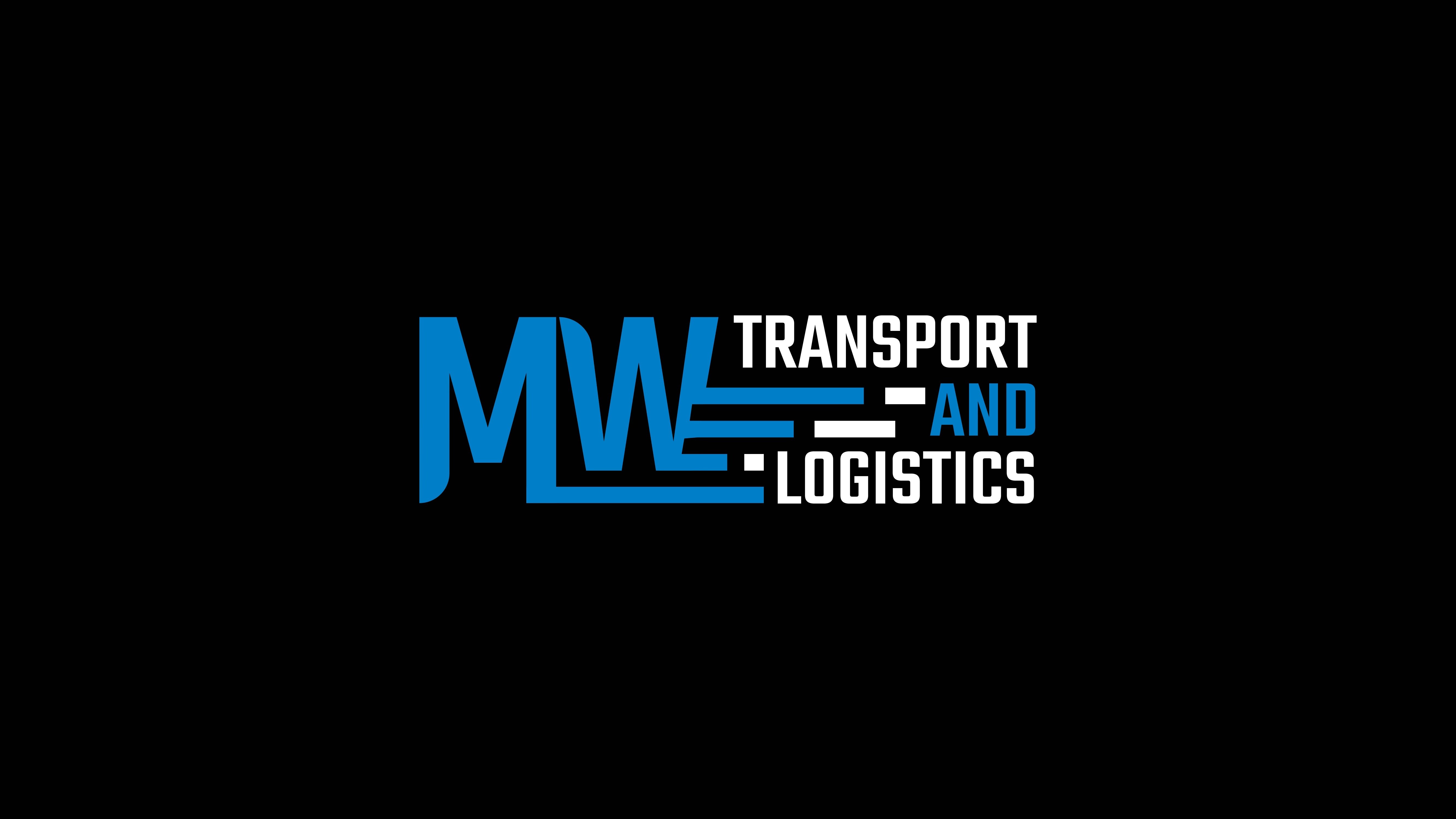Packing for Export: Standards, Compliances & Regulations Copy
Jul 23, 2024

When navigating the intricate landscape of packing for export, adhering to standards is essential for any business involved in international trade. This guide will delve into the critical regulations and compliance measures you need to understand. Familiarizing yourself with these rules not only helps avoid legal issues but also ensures that your goods arrive safely and intact at their destination.
The Importance of Compliance in Export Packing
Compliance is not merely a formality; it plays a crucial role in protecting your goods during transit. Following international packing standards minimizes the risk of damage and loss, reduces customs delays, and helps avoid potential fines and legal complications due to non-compliance.
Global Standards and Guidelines
Countries and regions may have different requirements for export packing, but some key international standards are widely recognized. These include guidelines from the International Maritime Organization (IMO) for sea freight and the International Air Transport Association (IATA) for air freight.
Essential Elements of Export Packing Compliance
Achieving compliance involves several important factors, each essential for ensuring that your exports meet global standards.
Selecting Materials
Choosing the right packing materials is critical. They must be durable, able to withstand various climatic conditions, and capable of enduring the physical stresses of transport.
Packing Methods
Effective packing methods are crucial for safeguarding goods during shipping. This involves using sufficient cushioning, moisture barriers, and ensuring packages are properly sealed and labeled. The aim is to prevent movement within the package, which can cause damage during transit.
Understanding Packaging and Export Requirements
Packaging and exporting goods require meticulous planning and execution. This involves more than just the physical packing; it also includes preparing accurate documentation and adhering to export controls and sanctions.
Documentation and Labeling
Accurate documentation and labeling are essential components of the export process. This includes creating detailed packing lists, which should match the bill of lading and other shipping documents. Labels should include handling instructions, hazardous material indicators (if applicable), and destination details.
Hazardous Materials and Special Regulations
Packing hazardous materials for export requires compliance with stricter regulations. This might include special packaging requirements, additional labeling, and completing dangerous goods declarations.
Practical Examples and Best Practices
To give you a clearer understanding, here’s an example of a typical export packing process:
Electronics
For items such as electronics, anti-static packaging is essential. Each item should be individually wrapped in anti-static bags and secured within cushioned boxes. These boxes are then placed into larger crates, often made of treated wood that meets ISPM 15 standards.
This example highlights the importance of selecting the right materials and employing effective packing methods to meet compliance standards.
Conclusion
Ensuring compliance when packing for export is crucial for the safe and timely transit of goods. By understanding and adhering to international standards, selecting appropriate materials, and using effective packing techniques, businesses can protect their shipments, avoid legal issues, and ensure on-time delivery.